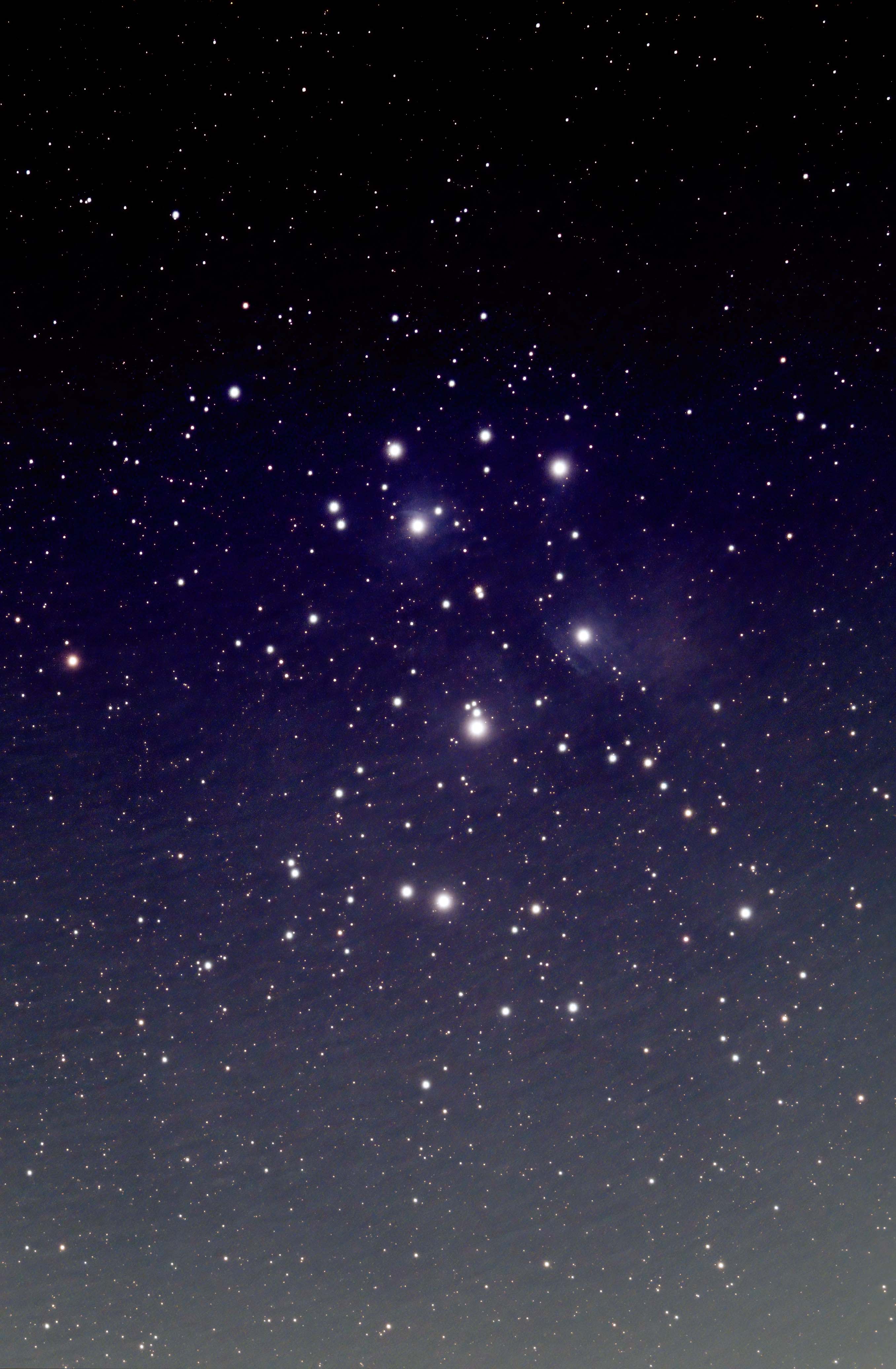September was a disappointment for stargazing due to frequent cloudy days. However, October has brought clear skies and high temperatures. Despite usually avoiding stargazing on work nights to take my time, I decided to seize the opportunity to catch up on a few Messier objects I missed in September. I'm on a year-long mission to observe all of them, and I have 14 more to go before 2024.
My goal for the night was to observe M45 and M77, but I only managed to see M45 because M77 was obscured by my chiminea, and I couldn't stay up too late due to work the next day. For this session, I used the Zenithstar 61 telescope to capture a full image of the Pleiades star cluster.
While waiting for M45 to rise above the trees, I spent some time observing M31,

which I hadn't seen properly through the Z61 before. This time, I remembered to set the focal length to 360mm in my plate solver, resolving an issue I'd been experiencing. I let the plate solver decide the framing, and I'm quite satisfied with the results.
I also experimented with the guiding settings in SharpCap, a feature that allows for dithering and minor mount adjustments during stacking, even without a guide scope. It seemed to work well, so I kept it on.
M45 took longer than expected to clear the trees, even though my planetarium software

indicated it should be above my tree line. It appears the trees in my backyard may have grown since I last plotted my horizon line in my software, causing a 15-minute delay in the stars becoming visible. During this time, I let the telescope track the cluster behind the trees and captured a time-lapse of the Pleiades rising.
I had hoped for a better view of the cluster than what my binoculars provide, but I found that I prefer the sharpness of my 20/80 binoculars over this electronic assisted astronomy (EAA) session. Additionally, the cluster was low on the horizon, and as seen in the picture, Whittier Blvd. and the rising waning gibbous Moon were challenges from below.
I was pleased to capture some of the faint glow around the stars in the cluster,

although it doesn't come close to the detailed images an astrophotographer could achieve during a whole night of imaging. This was just a short 15-minute session on the cluster. I'm looking forward to trying again later in the year when it's higher in the sky, away from the interference of light pollution, in the hopes of getting a better shot. Nevertheless, this observation counts towards my Messier challenge, marking my 96th Messier object observed this year. I'm hoping to complete the next 14 by December with one 2am observation needed, clouds permitting.